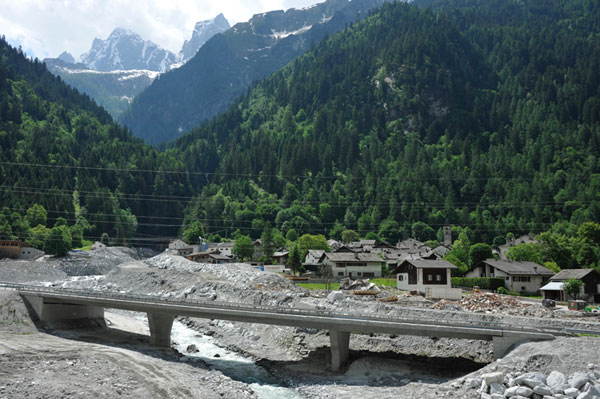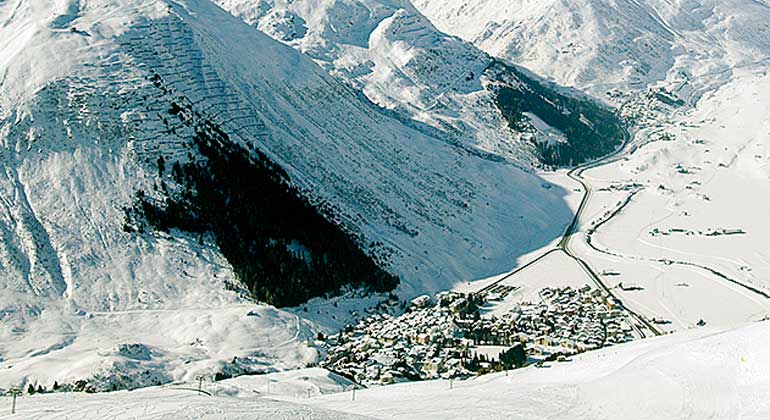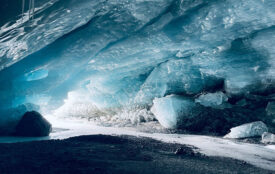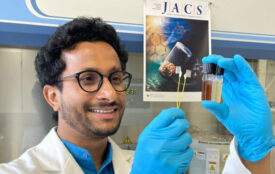Research programme investigating the influence of climate change on mass movements in mountain regions
The effects of global warming are particularly noticeable in mountain regions: glaciers are receding, permafrost is thawing, the snowpack is changing and extreme precipitation is becoming more frequent. This, in turn, has an influence on natural hazards such as rockfall, rock slope failures, avalanches, debris flows and landslides.
Not only could such hazards occur more often in future, but their properties could also change. For instance, rising temperatures could alter the flow behaviour of avalanches. Moreover, natural disturbances such as fire, storm damage and insects negatively affect forests, which play a vital role in protecting against natural hazards in many places. Yet until now, very little research has been conducted into the ways natural hazards are transforming due to climate change or into the effects these transformations will have in Switzerland.
To rectify this, the Swiss Federal Institute for Forest, Snow and Landscape Research (WSL) set up the research programme Climate Change Impacts on Alpine Mass Movements (CCAMM), which has seen WSL researchers from different disciplines team up with research partners to examine the influence of climate change on Alpine mass movements in Switzerland, model the changing risks and devise adaptation strategies. “The CCAMM research programme enables us to gain crucial insights and develop proposals for solutions that will protect society,” says programme manager Michael Bründl, who heads up the Avalanche Dynamics and Risk Management research group at the WSL Institute for Snow and Avalanche Research (SLF).
Determining the hazard potential
The research programme comprises three work packages. The first looks at whether and how the hazard potential is changing. For instance, has permafrost thawing resulted in the presence of more loose rock in mountain regions, which could then fall and endanger roads and settlements? How do changes in the snowpack influence the triggering conditions for avalanches? Detailed climate forecasts derived from the CH2018 climate scenarios and developed specifically for CCAMM are used as the basis for modelling the hazard potential.
The second work package deals with the dynamics of mass movements: how are the properties and behaviours of avalanches and debris flows changing? One of the main focal areas of this package is the cascading of different natural hazards, such as when rockfall causes the movement of water from snow or ice, resulting in a debris flow. Researchers are also examining how climate change affects protection forests and how these must be managed in the future to ensure that they can continue performing their protective function.
Ready for the future
The findings from the first two work packages will feed into a third, which concentrates on risk and adaptation. “We are looking at how society can cope with changing hazards and investigating the political and institutional conditions that will need to be put in place to facilitate this,” explains Bründl. For one of the subprojects in this work package, researchers are working with Swiss Federal Railways (SBB) to come up with a number of future scenarios for modelling changes in risks throughout the entire rail network. These data will later be used to develop and refine adaptation strategies and natural-hazard prevention measures for SBB.
The CCAMM research programme was initiated in 2018, and its first phase will run until 2021. The content of the second phase (2021–24) is currently being planned. The results of the subprojects will be published on an ongoing basis in the next phase, then summarised in a synthesis. They will be made available not only to researchers, but also to planning consultancies, authorities, decision-makers and the general public.









